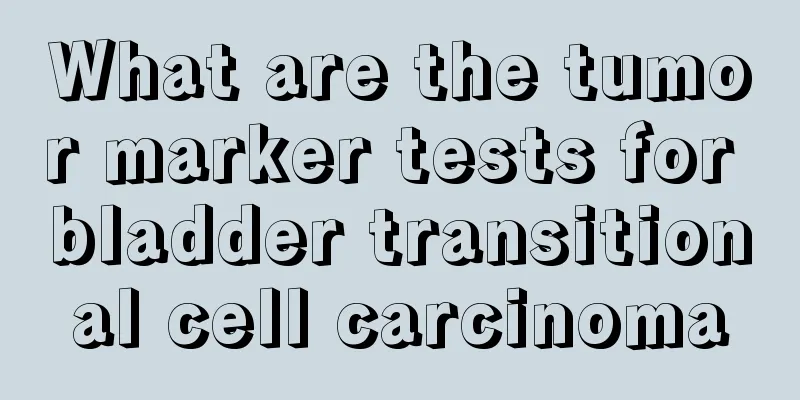Success rate of ventricular septal defect surgery

|
In life, the existence of some things is inexplicable. I don’t know how to find the appropriate reasons and take corresponding preventive measures. First of all, the success rate of septal defect surgery still depends on each person’s different reactions during this period, and different understandings and perceptions. We need to have a clearer understanding of the effects of the surgery and the symptoms caused by the defect. Ventricular septal defect surgery results ①It depends on the severity of the patient's condition, the early stage of the disease, the perfection of the operation and whether the postoperative treatment is appropriate. For patients without obvious pulmonary hypertension, the surgical mortality rate is less than 2%. ② Patients with severe secondary pulmonary vascular lesions before ventricular septal defect surgery have a high incidence of respiratory and circulatory system complications after surgery, and their mortality rate is also significantly increased. The recovery situation depends on the extent of their pulmonary vascular lesions. If the lesions have become irreversible, the prognosis is poor. Symptoms and signs Symptoms and signs of ventricular septal defect According to statistics, about 20% of small-caliber defects can close on their own in infancy. Epidemiological surveys show that the prevalence of ventricular septal defects in infants and young children is about 0.3%. According to autopsy data of adults, the detection rate of ventricular septal defects is only 0.03%, which fully proves the fact of spontaneous closure. The average life expectancy of ventricular septal defects without surgical treatment is 25 to 30 years. After the onset of Eisenmenger syndrome, the life span is significantly shortened. Patients with a smaller defect and a smaller shunt volume generally have no obvious symptoms. Patients with a larger defect and a larger shunt volume may have developmental disorders, palpitations and shortness of breath after activities, and repeated lung infections. In severe cases, symptoms such as respiratory distress and left heart failure may occur. When mild to moderate pulmonary hypertension occurs and the left-to-right shunt volume decreases accordingly, lung infections and other conditions are alleviated, but symptoms such as palpitations, shortness of breath and limited activity still exist or become more obvious. When severe pulmonary hypertension occurs and bidirectional or reverse (right-to-left) shunt occurs, cyanosis occurs, the so-called Eisenmenger syndrome. Cyanosis worsens during physical activity and lung infection, and right heart failure eventually occurs. |
>>: How long can you live with ventricular septal defect
Recommend
How much does it cost to treat advanced liver cancer? What are the advantages of local resection of liver cancer?
How much does it cost to treat advanced liver can...
What is the reason for acne on the nose
Acne is also called acne in clinical practice, an...
How to remove scars left by moxibustion
Moxibustion is a common treatment method in tradi...
How can lung cancer patients adjust their diet? This diet is safe and effective for lung cancer patients
If the patient has bronchitis, it is easy to caus...
Experts explain the key points of bone cancer diagnosis that need attention
In clinical practice, the key points of bone canc...
What are the early symptoms of lung cancer? Beware of four early symptoms of lung cancer
Every year, many people in my country die from lu...
How to wash a pillow core
The pillow core is an essential bedding item and ...
Will uterine cancer recur after 13 years?
Will uterine cancer recur after 13 years? In five...
What are the causes of nasopharyngeal carcinoma? How is the radiotherapy for nasopharyngeal carcinoma?
How is radiotherapy for nasopharyngeal cancer? Wh...
Cranial CTA
The brain is an important "commander" i...
What are the methods of scalp massage for hair growth
In daily life, we find that many friends suffer f...
Characteristics of hematuria caused by bladder cancer
Clinically, bladder cancer patients may experienc...
What to do if there are red spots on the soles of your feet
Red spots on the soles of the feet are generally ...
What's the matter with the small bumps on the fingers
In life, many people report that they have small ...
What are the specific hazards of colorectal cancer
Cancer cell metastasis is likely to occur during ...









